
While it's probably a little late to be planting crocus bulbs, now, in the middle to late part of February, it's certainly worthwhile to store in your memory bank that crocus is a wonderful plant to introduce to your garden this upcoming fall. A post in my blog on crocus makes sense to me because the tiny, but tough, plant is in bloom all over Alabama, right now. Crocus is usually bought in the form of a bulb in October/November and planted around that time or a little after then. Crocus bulbs are about the size of a "Whopper" (you know, those delicious chocolate malt balls that come in the cute little milk cartons), and if you are buying really nice bulbs or one of the giant crocus types (it's all relative, as "giant" just means bigger than normal size), they may be one and a half or two times the size of a Whopper. I have planted a good many crocus bulbs over the years and know them to be one of the most reliable bulbs to grow. Crocus come in an abundance of varieties which include variations in size and bloom time, and in an assortment of colors, which can range from whites, to purples, to yellows, to blues, and also with stripes, to boot, if you want! One of the things I like the most about crocus is that they are easy to work into a garden, especially an experienced garden. They are small enough that you don't need to fret about where they possibly might look good and they bloom when not much else is going on, so they have a stage to themselves, so to speak. Another plus - following the old, but true, rule of planting bulbs 2 1/2 to 3 times deeper than the height of the bulb, crocus don't require that you expend unspeakable effort to plant them. I recommend digging a whole about 1 foot by 1 foot and put, oh, 6, 8 , 10 bulbs in the hole, then move a foot or two away and start the next hole. As always, remember to loosen the soil deeper than needed, and add some organic matter to the soil to help out with drainage. Crocus perform best at a ph of around 6 or 7, so if you know your soil to be more acidic than that, feel free to add a teaspoon of lime along with your bulb food, per 10 bulbs (or one large hole) as you plant them.
Saturday, February 16, 2008
Crocus: A good choice for your garden
Posted by
themanfromearth
at
9:48 AM
![]()
Labels: perennials
Subscribe to:
Post Comments (Atom)

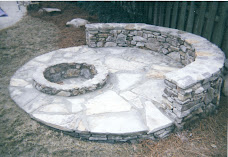



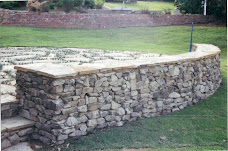


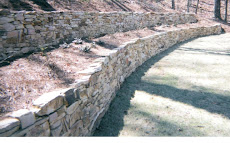





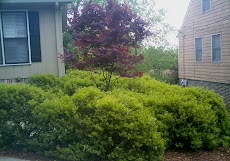
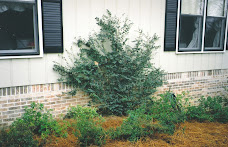
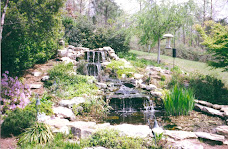
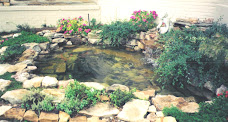




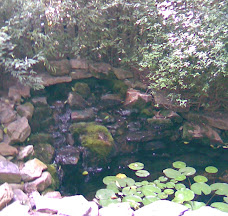


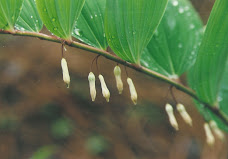



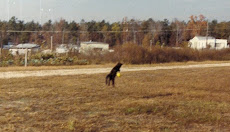
No comments:
Post a Comment